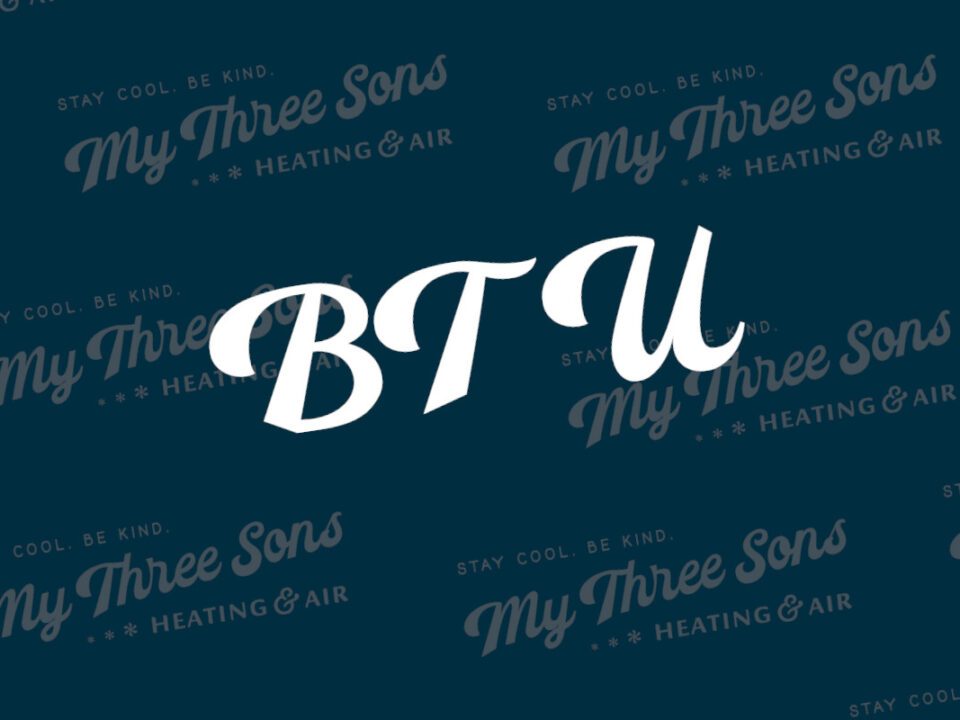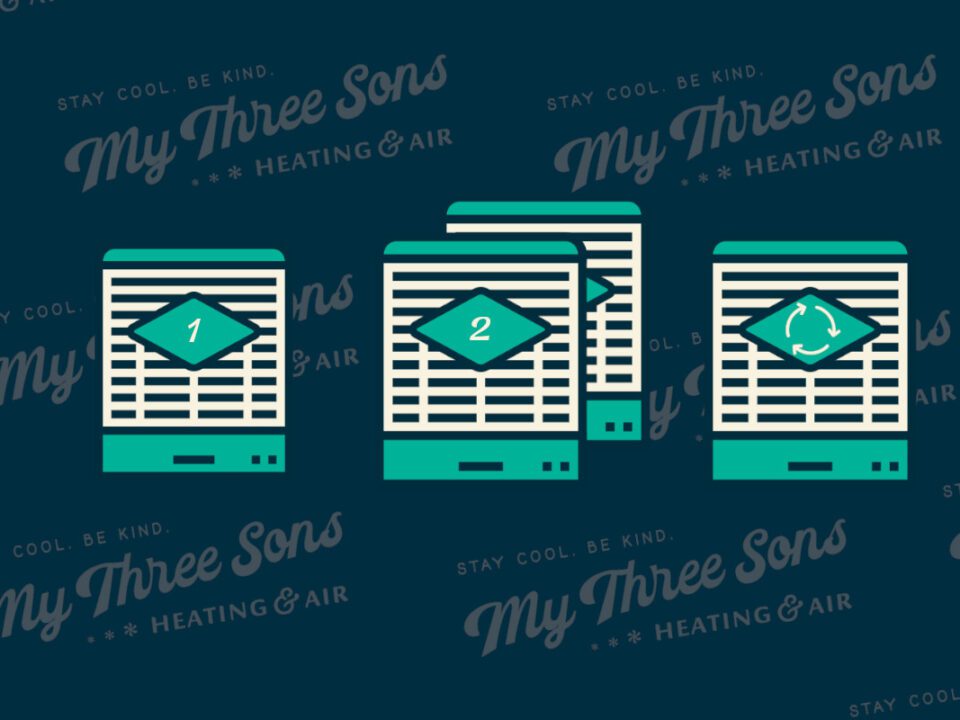All About SEER: Get To Know Your Energy Efficiency Ratings For Your Lowcountry HVAC System
It’s the middle of summer and during this recent stretch of heat, there’s a good chance your system is being stretched to its absolute limits.
So much so, that you may need a total system replacement after a few conversations with your local HVAC company.
As with any major decision for your home, you’ll want the best system to fit your particular comfort needs in the Lowcountry.
If one of those needs is getting equipped with the most energy-efficient model (that can potentially save you on monthly energy bills), then you’re going to want to understand the SEER rating system used in the HVAC world.
Not understanding how SEER ratings work could mean you might end up with a system that doesn’t match your desired system operational efficiency.
To help you out, below is a quick rundown of SEER information you need to know, without overwhelming you with the advanced technical details.
What Is SEER?
SEER stands for Seasonal Energy Efficiency Ratio. Essentially it’s the ratio of heat removed by your system (cooling output) divided by the total energy used to remove that heat (or produce that cooling output).
The higher this ratio is, the more energy efficient your system is.
So if your system cools more – with less energy – it has a higher SEER rating, and is more energy efficient to operate.
Higher SEER Rating, More Potential Savings
As mentioned above, if you have a system with a higher SEER rating then it’s going to be using less energy to produce the same cooling output than one with a lower SEER rating (which uses more energy to produce the same cooling output).
So, over the course of a year if your system is using less energy to produce a desired cooling/comfort level, your overall energy consumption should go down in your home (compared to if you were using a lower SEER rated system).
SEER vs SEER2
On January 1st 2023, the Department of Energy (DOE) rolled out new energy efficiency ratings for newly manufactured systems.
Without going into the exact technical details, the new SEER2 rating system more accurately reflects the conditions your system will endure throughout the year, creating a higher efficiency standard for newer units.
EER2 May Be More Important For Lowcountry Homes
While the SEER and SEER2 may be the industry standard (and most widely known), the EER2 may actually be more important for Lowcountry HVAC units.
The SEER and SEER2 ratings take into account the average efficiency over the entire cooling season, while the EER2 rating measures the efficiency at the peak cooling needs (instead of the average).
As you can imagine – especially lately – energy efficiency at peak cooling needs is very important as very hot and humid temperatures can stick around in the Lowcountry for extended periods of time.
As Always, Defer To Your Local AC Company
It’s important that you understand the HVAC system attached to your home, and how efficient it is – but as always if you have any questions about this you can always defer to your (trusted) HVAC contractor in the Charleston area.
They’ll have much better insights into what’s actually working well for other homeowners in the area, and can make recommendations based on that real-world experience.
Energy efficiency is something everyone could benefit by learning more about and after this quick rundown, we hope you’re now better equipped to ask the right questions when the time comes to upgrade your system this summer in the Lowcountry.




